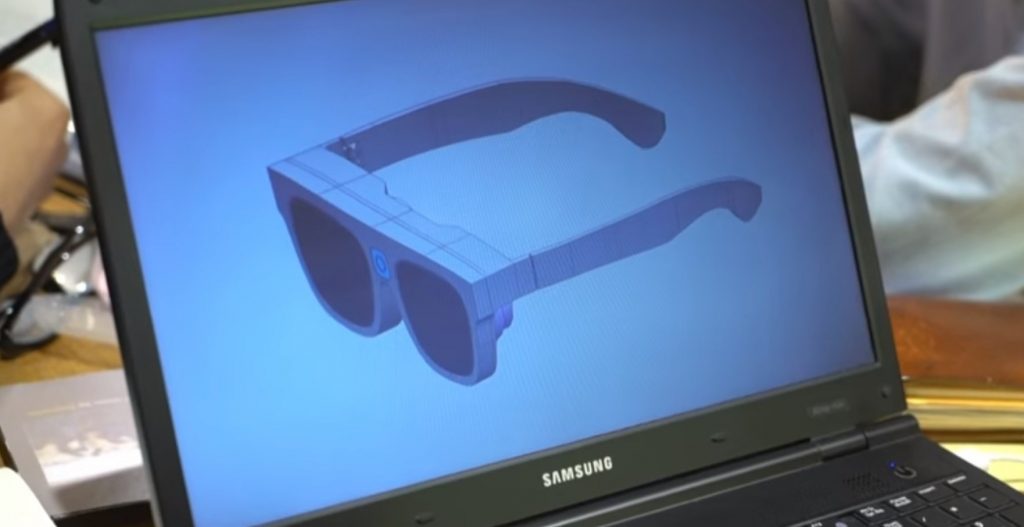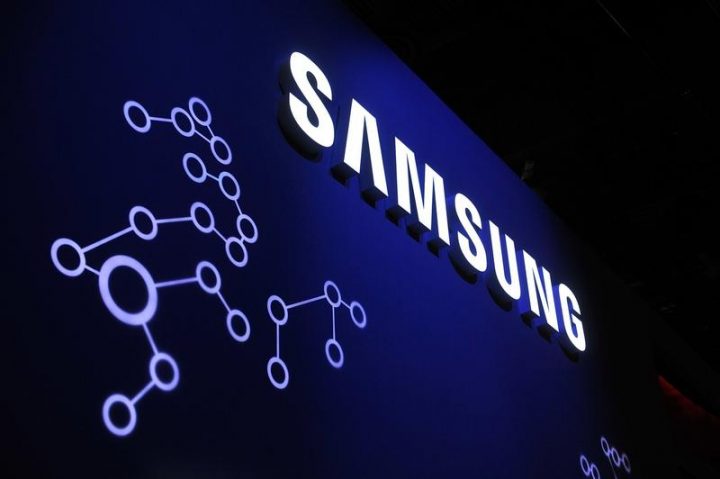Like many other technology companies, Samsung focused its early mixed reality development largely on virtual reality rather than augmented reality, but a newly published patent application (via Patently Apple) suggests that it’s actively working on AR glasses with at least one interesting feature: a display that is automatically powered on and off by the frames.
Like more advanced AR headsets, Samsung suggests its projector will display a translucent image that appears atop the wearer’s field of vision, likely using a waveguide to diffract the projection in a way that conveys 3D depth. But rather than requiring a dedicated power button, Samsung would automatically power the projector on when one of the frame’s temples is opened, and turn it off when the temple is folded closed, conserving energy in the process.
Given the normal movements of a wearer’s head, keeping the projector from jittering on and off during frame jostles would be important. To that end, Samsung suggests that magnets near the hinges would be used to maintain the “open” temple position, as well as to complete a flexible electrical circuit running from one temple’s battery through the frames to the other temple’s projector.

Though the patent application discusses the display actuating technology pretty clearly, Samsung isn’t tying itself down to either the specific frame shape shown in the image above, or a single way that the AR glasses might operate. It presents the possibility that the frames might contain all sorts of different processors — standalone ARM chips and/or more dependent processors — with anything from short-range (Bluetooth) to long-range (cellular) wireless technology. That sort of flexibility is fairly standard in patent applications, leaving the door open as wide as possible to prevent others from using the same idea in a similar but not precisely identical device.
While Samsung’s patent doesn’t necessarily mean that it will ever release AR glasses, the fact that it’s exploring practical implementations for wearable waveguide displays — specifically for foldable AR glasses — is encouraging. Moreover, while the patent application was just published yesterday, the filing date of January 2, 2019 suggests that its AR hardware development is actively underway. Other companies, most notably Nreal and Apple, have been working on foldable AR hardware that may eventually compete with Samsung’s offering.

